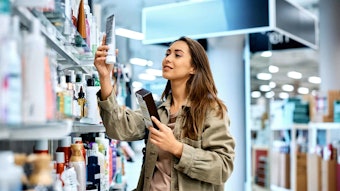“Don’t forget to pack your soap,” I remind my husband as we prepare for our trip. Trip to where? Orlando, New Orleans, the moon—anywhere. Whenever we travel, he brings a good, oldfashioned bar of soap because he hates the feeling that moisturizing bars and shower gels leave on his skin. He prefers to be squeaky clean. Too bad, since most hotels provide some nice, luxurious soaps for free.
This preference is against the mainstream, as most consumers expect cleansers and soaps to perform multiple tasks, i.e., nourish and protect, as well as cleanse—safely and mildly. This point is reflected in Adamy et al.’s article, which describes a polymer designed to thicken and suspend beads and particles for various benefits especially in gentler, low-surfactant systems. In relation, Fevola’s “Ingredient Profile” column examines the characteristics of decyl glycoside, a popular surfactant choice among formulators since it is made from 100% renewable starting materials, is readily biodegradable, and has low irritation potential.
Beyond products that are safer and provide multiple benefits, consumers want them produced in eco-friendly ways, i.e., maximizing resources and minimally impacting the environment. To meet these expectations, Abbott’s article presents an efficient approach to optimizing emulsions, whereas the encyclopedia provides formulators a list of ECOCERT-approved ingredients.
Consumers have high expectations from the products they purchase. Obviously preferences will vary by region, as Steventon describes in her “Consumer Perspective” column, but in most markets, the industry has promised consumers the moon.










